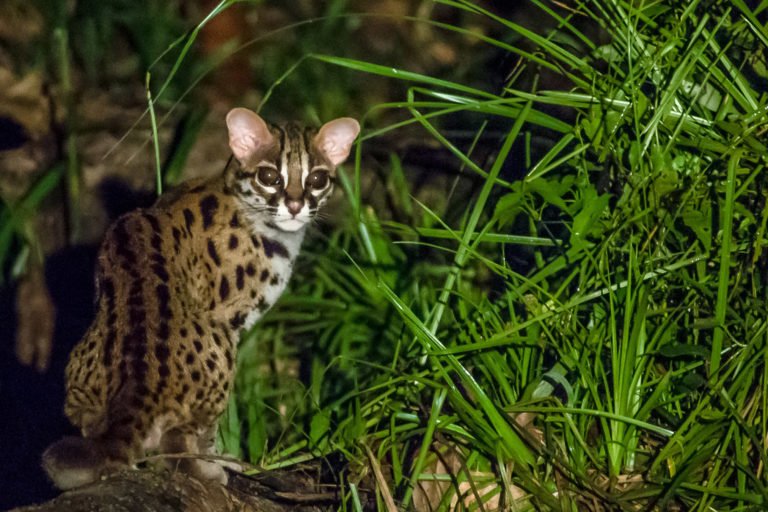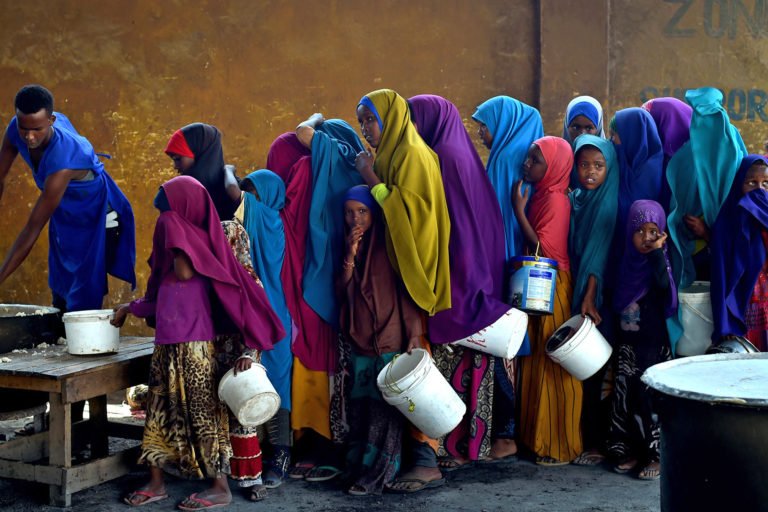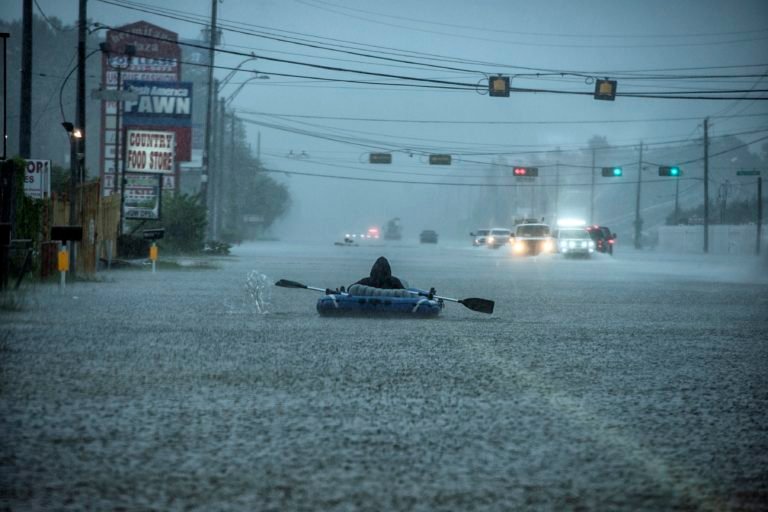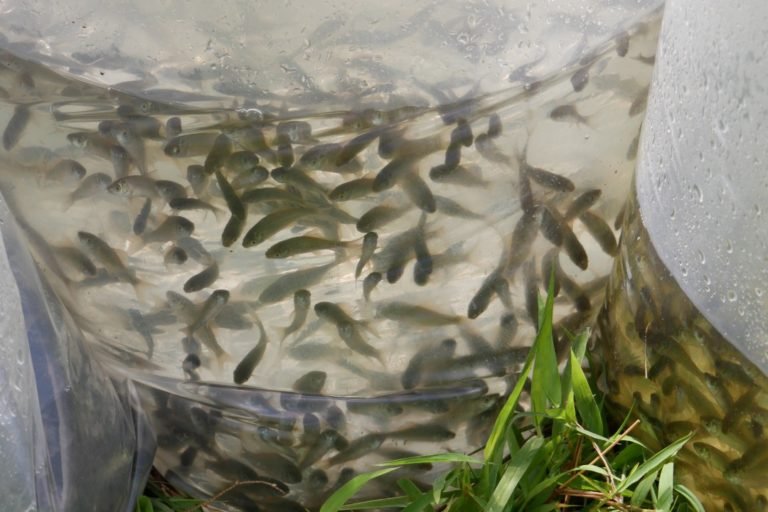- Heritage Colombia is a $245-million initiative to support the creation, expansion and improvement of 32 million hectares (nearly 80 million acres) of protected land and marine areas in the country over the next decade.
- It’s a Project Finance for Permanence (PFP) initiative, meaning that conservation funding was secured from the public and private sector for wide-reaching, long-term projects.
- If Heritage Colombia is successful, the country will see 26% of its land territory and 30% of its oceans under protection, meeting some of its 30×30 commitment eight years early.
A new multi-million-dollar conservation initiative in Colombia aims to create numerous new protected areas and biological corridors across the country, bringing it closer to meeting long-term climate change prevention goals.
The $245-million project, called Heritage Colombia, will support the creation, expansion and improvement of 32 million hectares (nearly 80 million acres) of protected land and marine areas over the next decade, putting the country on track to meet some of its 30×30 targets years ahead of schedule.
“We’re going to use these resources to provide effective protection, to work with communities, to work on the development of natural conservation agreements,�? President Iván Duque said during the project’s launch late last month. “We’re going to include communities in the restoration of territories that have been affected over time.�?
Colombia is an especially important point of focus for conservation efforts, as the country contains around 10% of the world’s biodiversity across many different kinds of ecosystems, including 12% of the Amazon rainforest. It’s also home to the savannahs and forests of the Orinoco, the estuaries and swamps of the Caribbean coast and the highlands of the Andean mountains.
Between 2001 and 2021, the country lost 4.93 million hectares of tree cover, much of it from agriculture, cattle ranching, logging and mining, according to Global Forest Watch. Many national parks and reserves have not been exempted from these activities despite their protected status.
“This is a commitment to have a stronger protected area system in Colombia to support the preservation of the megadiverse country for future generations and to contribute to the wellbeing of local communities,�? said Sandra Valenzuela, the Executive Director of WWF-Colombia, one of the organizations behind the project.
Heritage Colombia is a Project Finance for Permanence (PFP) initiative, a relatively new form of conservation funding that secures money from the public and private sector for wide-reaching, long-term projects. The idea is that, by including a mixture of funding types, the project can reduce the financial gaps that have made it more difficult for many conservation initiatives to keep up long-term work.
In addition to the country’s national parks agency and the Ministry of Environment and Sustainable Development, some of the world’s largest international conservation groups are supporting the project, including the Gordon and Betty Moore Foundation, Enduring Earth, Pew Charitable Trusts and Wildlife Conservation Society.
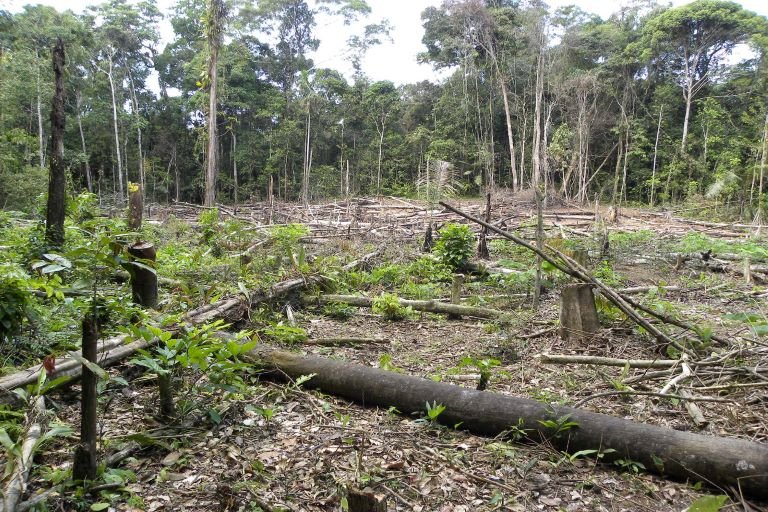
The World Bank, European Union, Inter-American Development Bank and Food and Agriculture Organization of the United Nations (FAO), among others, are also backing the initiative.
“We believe Colombia can be a model for other countries who have ambitions to protect 30% of their land and waters, and the PFP approach is a proven tool to enable nations to meet their goals,�? said Dr. Andrew Steer, CEO of Bezos Earth Fund, the initiative’s largest private donor.
In the next decade, the project aims to create over 3 million hectares (7.4 million acres) of new protected areas and around 15 million hectares (37 million acres) of marine protected areas. In its first phase, some of the plans include establishing protections in the Serranía de San Lucas, the forests of Cumaribo in eastern Colombia and several marine areas along the Caribbean and coastal Pacific.
The project will also help improve the management of at least 103 current public, private and communal protected areas, representing around 11 million hectares (27 million acres). Seven biological corridors will also receive funds to strengthen their governance and ecological connectivity.
The funding will be a much-needed resource, said Efraín Ballesteros, a representative of a community council in the Playón de Acandí Flora and Fauna Sanctuary in Chocó, where efforts are underway to conserve sea turtle nesting sites, among other species.
“It’s urgent that we begin to care for, to repopulate, to reforest and restore all the territory that is in grave condition,�? he told Mongabay.
If Heritage Colombia is successful, the country will see 26% of its land territory under protection and 30% of its oceans, meaning that it will meet its marine 30×30 commitment eight years early.
The 30×30 initiative is a global attempt to protect 30% of the world’s most ecologically important land and water by 2030. Not only will this protect some of the earth’s most important biodiversity, but it could stave off climate change by keeping forests and other carbon sinks intact.
“Not only can we not achieve 30×30 goals without this additional funding,�? Valenzuela of WWF-Colombia told Mongabay, “but we also can’t increase the management effectiveness for protected areas. We don’t have the means to make it happen. We don’t have the management plans in place to promote different economic alternatives for local communities.�?
Banner image: A forest in Salento, Colombia. Photo courtesy of Wikimedia.
FEEDBACK: Use this form to send a message to the author of this post. If you want to post a public comment, you can do that at the bottom of the page.


